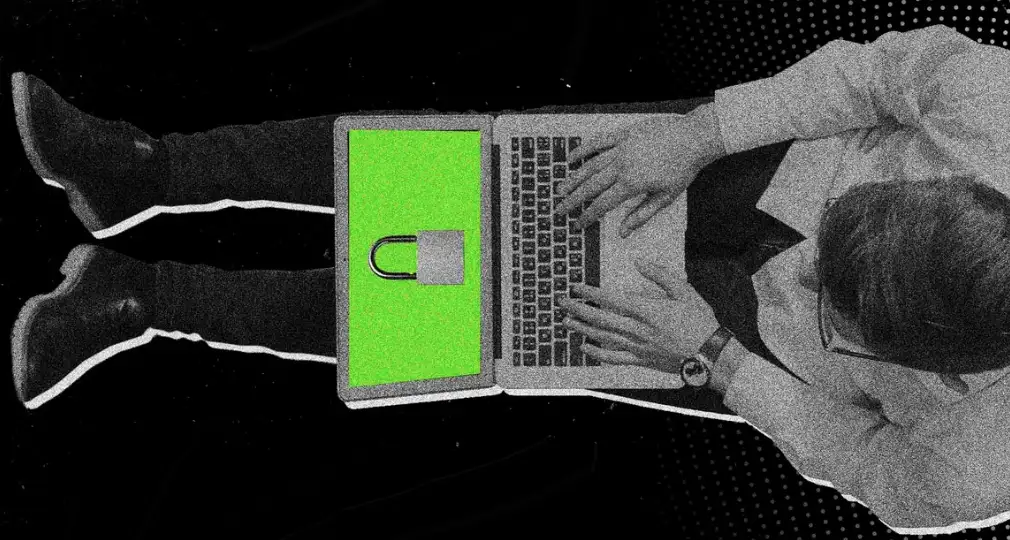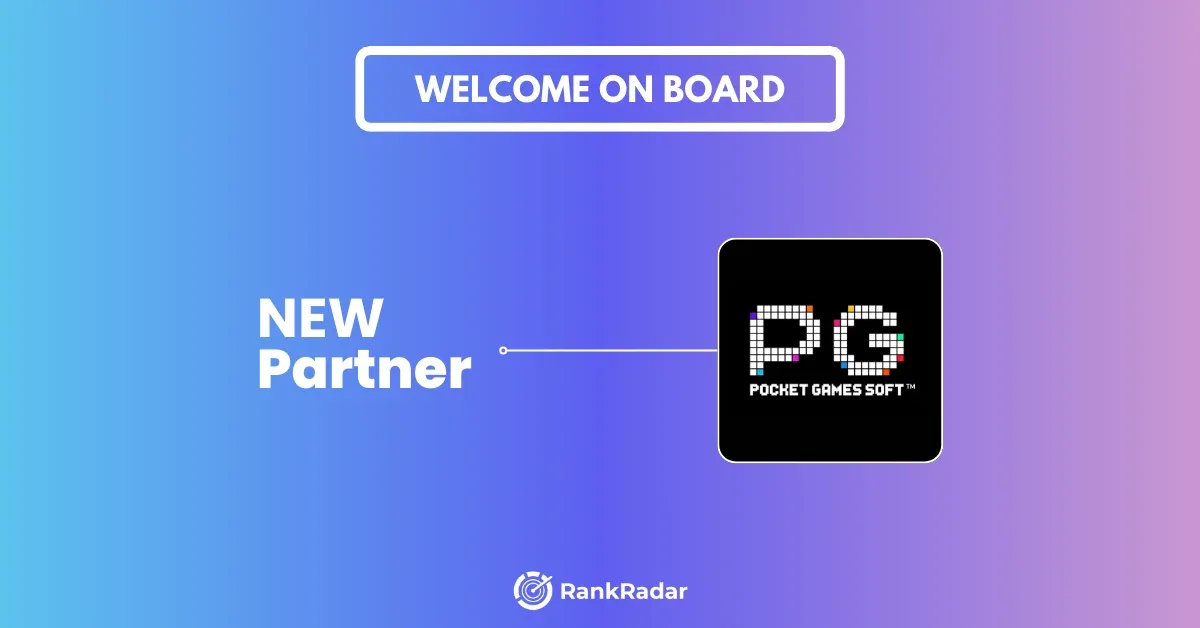Both public and private sectors have increasingly become the targets of hacker attacks. One of the most frequently used tools by malicious actors remains the DDoS attack. This article explores the evolution of these attacks, defensive strategies, and practical advice on improving cybersecurity for any organization.
Preparing for Potential Attacks
Many companies have begun their presentations by acknowledging that cyber warfare is ongoing and not limited to the battlefield—it extends into the digital realm. Organizations must now consider cyber threats as a real and persistent danger.
Growing Awareness of Cyber Risks
A survey conducted in early 2025 revealed significant trends in business leadership awareness:
- Cyber risks were cited by 49% of respondents as a major concern, a 19% increase from the previous year.
- Geopolitical risks were noted by 32% as potential disruptors of business operations.
This awareness led many companies to prepare for an increase in attacks and breaches. One major telecom and internet provider anticipated becoming a target and began thoroughly reviewing their security policies, testing their infrastructure, and preparing for a range of scenarios.
What Happened When the Attacks Began
On a significant date, attack activity dropped to near silence—no scanning, probing, or hacking attempts. This was surprising to the security team, who continuously monitored for threats. The silence raised questions: had attackers shifted focus? Or were they deterred by counteractions from global activist groups?
The Calm Before the Storm
Two to three weeks later, scanning activity resumed. High-value clients started experiencing DDoS attacks again, although initially, they matched pre-conflict levels. But the real escalation came in May.
First Wave of Attacks
In early May, coordinated DDoS attacks were launched against multiple targets, focusing on essential public services such as ticketing platforms and digital government portals. One traffic authority faced the largest and longest-lasting attack. Thanks to expert support, their systems remained operational.
Other organizations weren’t as lucky. A major email service provider was taken offline for nearly a day. Attackers rapidly shifted tactics, making it difficult for defenders to keep up without advanced systems in place. After a day of mitigation, the provider identified effective countermeasures, and the attacks ceased.
Second Wave of Attacks
The second major attack wave began in August. It was triggered by a political decision that provoked a response in the form of a 140 Gbps DDoS attack on a government website. Despite temporary slowdowns, IT teams quickly adapted and successfully mitigated the threat, rendering continued attacks ineffective.
Attack Origins and Defensive Measures
Geolocation of Attacks
Most identified attack traffic originated from regions including the US, China, and Europe. Interestingly, a significant portion of the traffic also originated from inside the target country itself. This is often the result of geo-filtering, a last-resort tactic that blocks all foreign traffic during an attack, forcing attackers to operate from within the same country to avoid detection.
Fighting Internal Threats
To combat internal threats, companies now monitor client equipment, notify them of suspicious devices, and work closely with local providers to remove or isolate compromised systems. This strategy helps secure the domestic perimeter and reduces risk exposure.
What You Need to Know About Modern DDoS
DDoS Has Evolved
Traditional high-volume, unencrypted DDoS traffic is now easily filtered. Even attacks reaching several terabits per second can be mitigated with the right infrastructure. As a result, attackers have shifted focus to Layer 7 (L7) application-level attacks. These require far more resources to defend against and are becoming increasingly common.
For instance, in 2021, a major cloud provider blocked an attack with 17 million requests per second. Just a year later, another firm mitigated a record 46 million RPS attack. These trends show attackers are improving and scaling up their networks for more sophisticated methods.
DDoS as a Smoke Screen
DDoS attacks are increasingly used as a distraction while deeper attacks are launched. During mitigation, security teams are often too occupied to notice breaches, data exfiltration, or privilege escalations happening in the background.
To prevent this, it’s essential to invest in network monitoring and filtering systems that provide real-time visibility and control.
Expanding Attack Vectors
Modern IT environments are complex, with mobile devices, servers, applications, and remote workers all increasing the attack surface. Phishing, credential stuffing, and organized cybercrime have also evolved. To keep up, cybersecurity systems must integrate AI, behavior analytics, and threat intelligence for proactive protection.
Common Security Weaknesses
One major issue is reactive security. Too many organizations implement defenses after a breach occurs. However, cybersecurity systems need time to install, configure, and learn traffic patterns. Waiting until signs of compromise appear means it’s often too late.
Steps for Stronger Cybersecurity
1. Identify Weak Spots
Start with a thorough scan of the network and assess employee awareness. Understanding how staff reacts to threats is critical.
2. Patch Everything
Maintain up-to-date patches across all software and hardware. What was acceptable 10 years ago is no longer sufficient. Patches should be applied monthly or even more frequently.
3. Ensure Complete Coverage
Evaluate whether all IT infrastructure components are adequately protected. Consider partnering with a managed service provider to avoid over- or underestimating the threat level.
4. Educate Employees
Human error is still one of the easiest ways in for attackers. Training all employees—not just IT—on cybersecurity basics can prevent many attacks.
Next-Level Protection
5. Improve IT Governance
Create patching schedules, monitor internal development processes, and regularly scan for open doors and weaknesses.
6. Investigate Incidents
Establish formal incident response and analysis procedures to learn from past events and adapt before new ones occur.
7. Develop Contingency Plans
Just like you plan for fire drills or pandemics, create and regularly update business continuity plans for cyber incidents.
8. Plan for the Future
Cyber threats will evolve. Preparing now for technologies like quantum computing and adopting quantum-resistant encryption algorithms can give you an edge in long-term defense.
Final Takeaway
The key to withstanding DDoS and other cyberattacks lies in two things: a well-developed protection system and a highly skilled team. Even simple steps—if implemented consistently—can make a huge difference in an organization’s resilience to attacks. A proactive approach today ensures operational stability tomorrow.
Read more: Cash advance at casino with debit card











